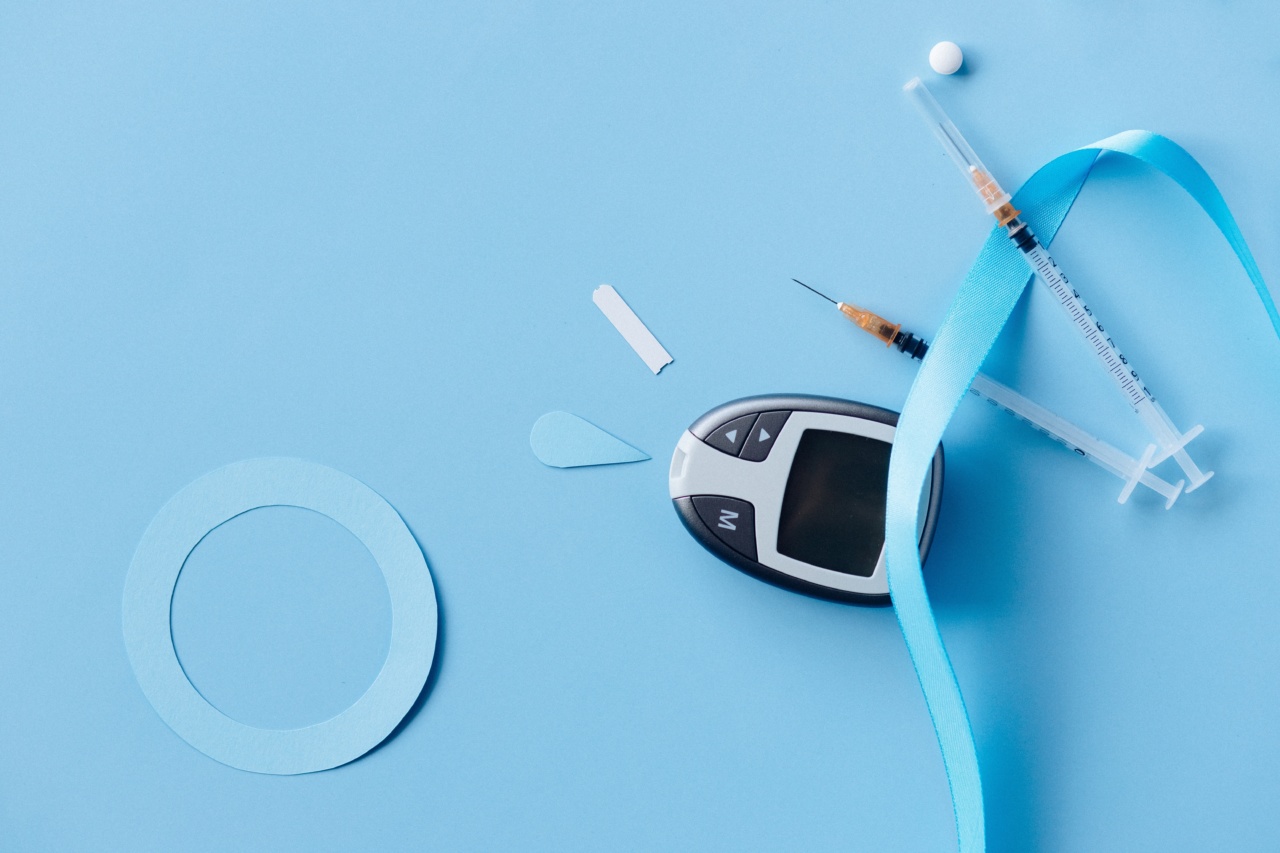Diabetes has been a health issue for centuries. It is a chronic condition that affects how your body turns food into energy.
Glucose is the main source of energy for our body’s cells, and insulin is the hormone that regulates glucose levels in the bloodstream. People with diabetes either cannot produce insulin or cannot use it properly, leading to high levels of glucose in the blood that can cause serious health problems over time if not managed properly.
In the past, people with diabetes had to rely on insulin injections to help regulate their blood glucose levels. These injections would have to be timed carefully throughout the day and often required other medications to be taken alongside them.
But these methods have their limitations, and as technology has advanced, so has the way diabetes is treated.
The Current State of Diabetes Treatment
Currently, there are multiple ways to treat diabetes, but none of them are perfect. Insulin injections, as previously mentioned, are a common method of treatment, but they can be inconvenient and cumbersome.
Insulin pumps are another option that allows for automated insulin delivery, but they still require the user to give themselves a bolus before eating and to monitor their blood sugar levels regularly.
Another developing technology is continuous glucose monitors (CGMs), which allow for real-time tracking of glucose levels without the need for painful finger sticks.
However, CGMs are still not 100% accurate and have their limitations, for example, they cannot administer insulin based on glucose levels automatically.
What is the Artificial Pancreas?
The artificial pancreas is the technology that combines an insulin pump and a continuous glucose monitor. It is designed to mimic the function of a healthy pancreas by automatically adjusting insulin delivery based on the user’s glucose levels.
The idea behind the artificial pancreas is to automate the entire process of glucose regulation, from monitoring to insulin delivery.
It is a closed-loop system that uses algorithms to determine when to deliver insulin and how much is needed based on the user’s glucose levels.
How Does it Work?
The artificial pancreas consists of three parts: a CGM, an insulin pump, and a control unit. The CGM measures glucose levels in the user’s bloodstream and sends this information to the control unit.
The control unit then calculates how much insulin is needed based on glucose levels and other factors such as activity level and time of day. The insulin pump then delivers the necessary amount of insulin subcutaneously. It is all done automatically, without any need for the user to intervene.
Benefits of the Artificial Pancreas
The artificial pancreas offers several benefits over traditional methods of diabetes management.
Better Blood Glucose Control
The artificial pancreas improves glucose control by constantly monitoring glucose levels and adjusting insulin delivery as needed. This reduces the risk of high or low blood sugar levels, which can lead to serious health complications over time.
Less Burden on the User
The artificial pancreas eliminates the need for constant glucose monitoring and manual insulin delivery. This frees up time and energy for the user to focus on other activities.
Reduced Risk of Hypoglycemia
The artificial pancreas reduces the risk of hypoglycemia by delivering insulin automatically and adjusting dosage as needed. This means the user is less likely to experience dangerous drops in blood sugar levels.
Current Status of the Artificial Pancreas
The artificial pancreas is not yet widely available, but it is in the final stages of development. Several clinical trials have shown promising results. In 2016, the US FDA approved the first hybrid closed-loop system, the Medtronic MiniMed 670G.
This system uses a CGM to measure blood glucose levels and an insulin pump to deliver insulin automatically.
Other companies are also working on their own artificial pancreas systems, including Tandem Diabetes Care, Insulet Corporation, and Beta Bionics. As research progresses, it is expected that more products will become available in the coming years.
Challenges of the Artificial Pancreas
The artificial pancreas has the potential to revolutionize diabetes management, but there are still challenges that need to be addressed.
Cost
The cost of an artificial pancreas system can be prohibitively expensive for some. Current models can cost tens of thousands of dollars, making them out of reach for many people with diabetes.
However, as the technology becomes more widespread, it is hoped that costs will decrease.
Regulation
The artificial pancreas is a new technology, and there is currently no regulatory framework in place to oversee its development and use. This has led to concerns about safety and efficacy, as well as potential legal issues.
User Adoption
The artificial pancreas represents a significant departure from traditional methods of diabetes management, and some users may be reluctant to switch to an entirely automated system. There may also be issues with user training, support, and education.
Conclusion
The artificial pancreas represents a major step forward in diabetes management.
By automating the process of glucose regulation, it has the potential to improve blood glucose control, reduce the risk of hypoglycemia, and make life easier for people with diabetes. While there are still challenges that need to be addressed, the development and approval of the first hybrid closed-loop system is a promising sign for the future of diabetes treatment.


























